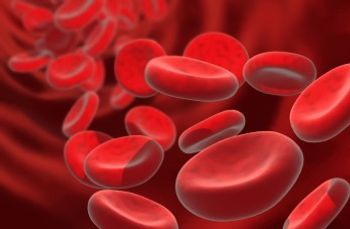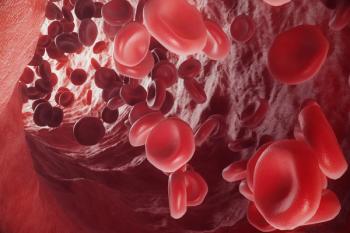
Miami Breast Cancer Conference® Abstracts Supplement
- 41st Annual Miami Breast Cancer Conference® - Abstracts
- Volume 38
- Issue 4
- Pages: 8
4 Bacopaside: Exploring Its Potential in Addressing Chemoresistance and Modulating Doxorubicin Accumulation in Triple-Negative Breast Cancer Cells
Introduction
Triple-negative breast cancer (TNBC) is commonly treated with chemotherapy, but resistance and adverse effects pose challenges. Chemoresistance is tied to overexpression of advanced breast cancer advanced breast cancer (ABC) drug transporter genes, including ABCC3. Bacopaside II, from Bacopa monnieri, holds potential against breast cancer, but its role in TNBC drug resistance remains unknown.
Aim
To explore whether bacopaside II counters ABC-related chemoresistance in TNBC by increasing doxorubicin accumulation, potentially improving treatment outcomes.
Methods
Expression of ABC transporter genes (ABCC3, ABCB1, ABCC1, andABCG2) were assessed using TaqMan quantitative reverse transcriptase polymerase chain reaction in TNBC cell lines (DU4475, HCC1143, MDA-MB-231, and MDA-MB-453). Drug impact was assessed for growth inhibition, apoptosis, and membrane integrity alterations. Chemoresistance was induced in the cells via 3-dimensional (3D) culture, and the effect of bacopaside II and cyclosporine A (CsA) in doxorubicin accumulation was measured.
Results
ABCC3 was notably higher in MDA-MB-231 than in HCC1143 (2.7-fold) cells and MDA-MB-453 cells (2.4-fold) and was undetectable in DU4475 cells. ABCC3 correlated with doxorubicin accumulation and sensitivity. Bacopaside II showed varying IC50: DU4475 (23.7 µM), HCC1143 (20.7 µM), MDA-MB-231 (13.5 µM), MDA-MB-453 (19.0 µM). Bacopaside II induced apoptosis ≥15 µM in HCC1143 and both apoptosis and damage (≥15 µM) in MDA-MB-231. Bacopaside II and CsA increased doxorubicin accumulation. Molecular docking suggested strong ABCC3 binding. MDA-MB-231 3D culture increased ABCC3, reduced doxorubicin accumulation, and heightened resistance; combining bacopaside II and doxorubicin improved growth inhibition.
Conclusion
Bacopaside II shows promise in overcoming ABCC3-related chemoresistance, enhancing doxorubicin accumulation, and improving the efficacy of doxorubicin in the treatment of TNBC. Further research into bacopaside II’s potential to improve doxorubicin treatment for TNBC is essential.
Lay Description
Treating breast cancer with chemotherapy is challenging due to resistance and adverse effects. Bacopaside II from Bacopa monnieri might offer a solution. This study investigates bacopaside II’s ability to combat resistance in TNBC, aiming to enhance chemotherapy’s effectiveness by boosting drug levels within cancer cells. Our findings indicate that bacopaside II increased drug concentrations in various TNBC, potentially enhancing treatment. This research proposes bacopaside II as a potential aid for patients with TNBC, although further study is required.
Articles in this issue
Newsletter
Stay up to date on recent advances in the multidisciplinary approach to cancer.


















































































